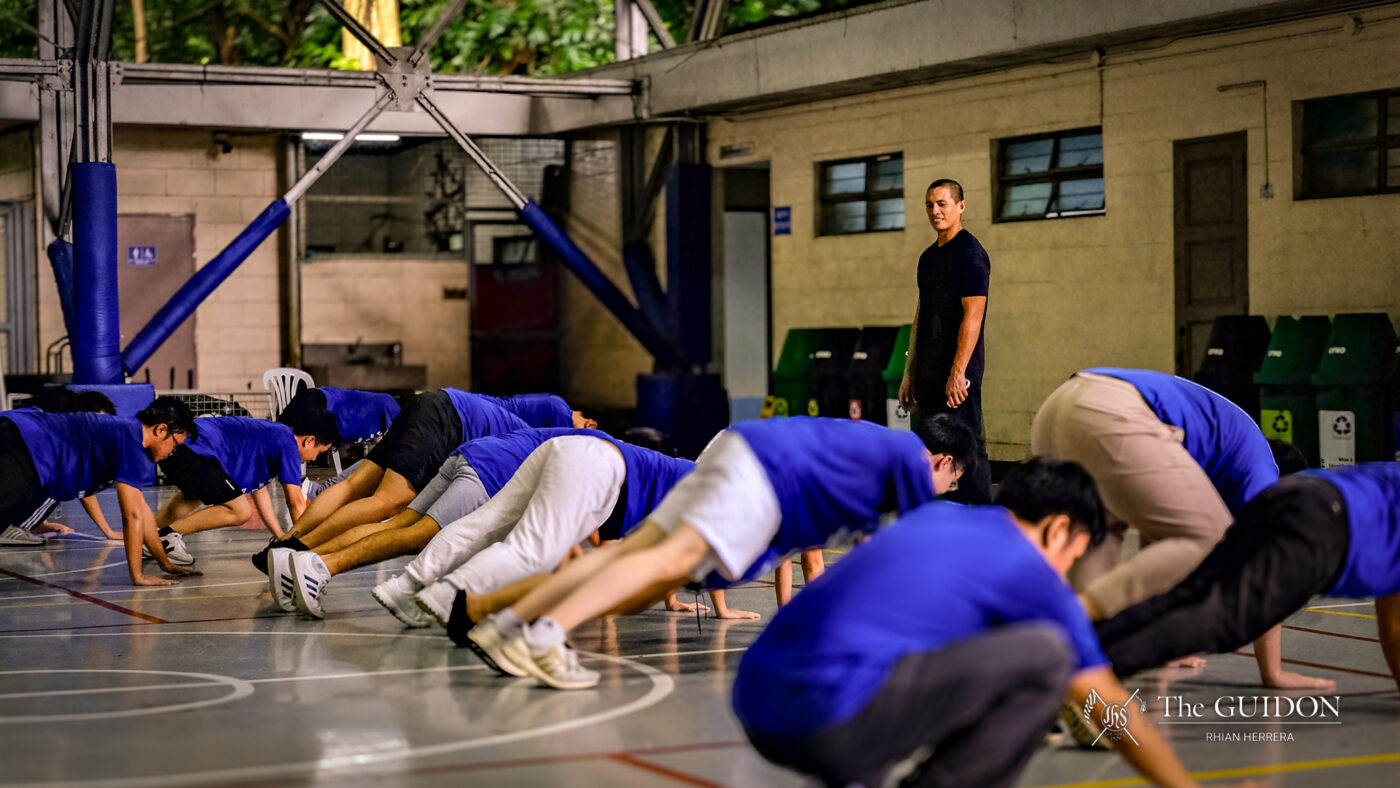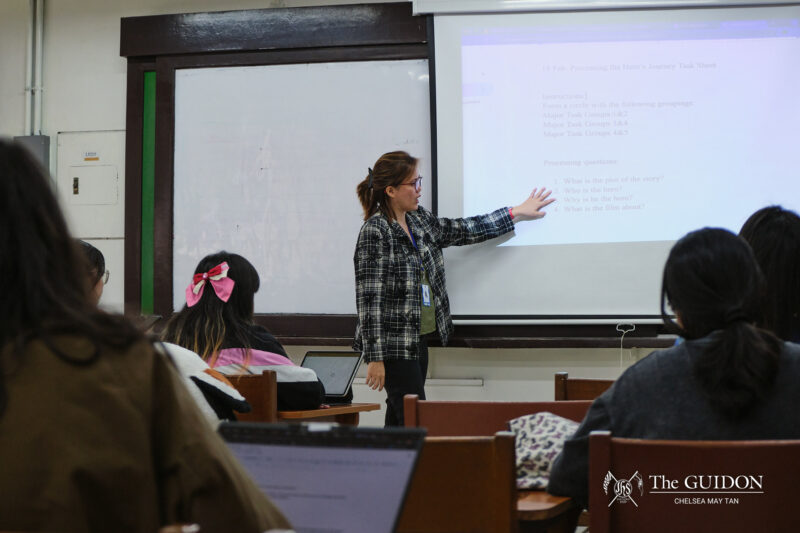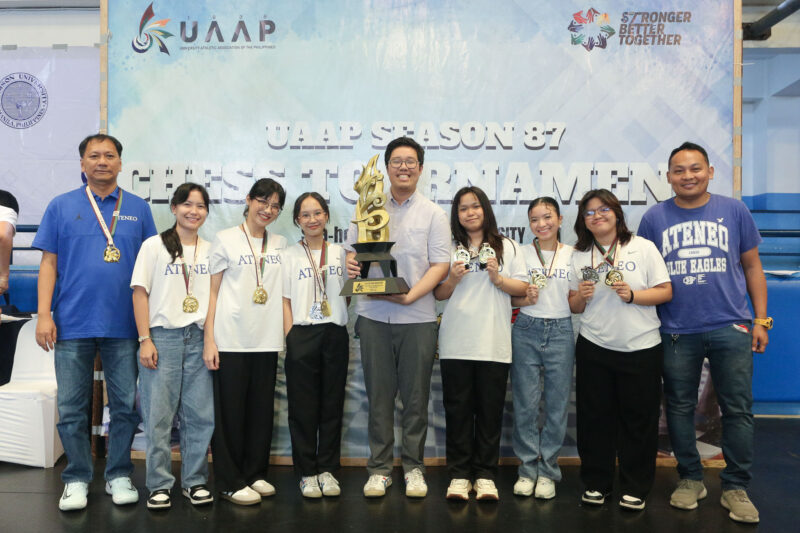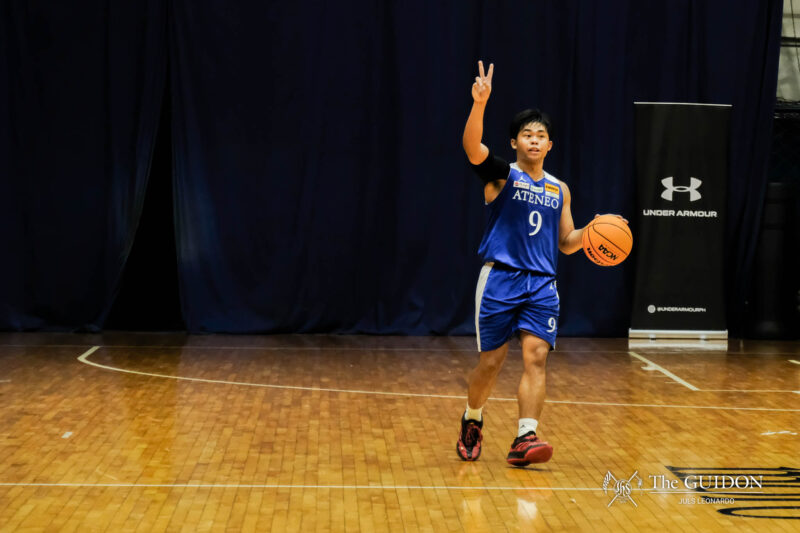REDEFINING PHYSICAL Education (PHYED) in Higher Education is the introduction of Physical Activities Towards Health and Fitness (PATHFit). Mandated by the Commission on Higher Education (CHED), PATHFit is a four-course general fitness program—with online discussions on anatomy and onsite demonstrations of foundational positions—aimed at promoting overall health and well-being among students.
For AY 2024–2025, the Ateneo has fully implemented PATHFit into the first-year curriculum, replacing numerous sport-specific PHYED courses and reshaping the faculty’s pedagogy. Thus, as the impact of this new course takes effect, the shift calls for adaptation, not only within the program but also across the wider Ateneo community.
Changing course
Prior to the implementation of PATHFit, the PHYED Program offered a variety of courses, ranging from mainstream sports like basketball to lesser-known martial arts like gasaido penjak silat. While PHYED 111: Foundations Of Physical Fitness And Health was available in the past, this lecture-based PHYED course focused on concepts of exercise, nutrition, and movement, while physical activities were introduced later in the course.
PATHFit, on the other hand, teaches skills needed for daily life, alternating between online lectures and onsite activities. Ateneo College PHYED Program Director Ramil B. Iriola explained that PATHFit 1 aims to reintroduce the sequence of human motor development, beginning with supine and prone positions then culminating with stationary and locomotor movements.
Unlike PATHFit 1, Iriola notes that PATHFit 2 offers a more flexible approach. Instead of following CHED’s framework, the Ateneo PHYED Program opted to divide PATHFit 2 into wellness, martial arts, and dance clusters—preparing students for PATHFit 3 and 4 where they will be free to choose their own sports.
As with any new initiative, PATHFit was met with mixed feedback from students and faculty alike. PATHFit Core Team Leader Andre Puertollano shared a time when a student commended the course for helping him lose weight by applying the foundations learned in class to advanced exercises, like push-ups and dips.
Echoing this sentiment is freshman student Reece*. “I don’t really treat PE as [an] important subject, but now it makes me want to take my health more seriously [because] you need to perform the exercises and you’re gonna be graded for it,” she says.
Amid PATHFit’s perceived effects on health, Reece points out that the online lectures and onsite practicals lack a clear connection. She also finds the one-hour sessions too rushed, leaving little room for proper engagement.
To address such gaps, Puertollano highlights that the PHYED Program conducts frequent meetings between instructors to discuss feedback from their classes. This effort is part of the Program’s “group-teaching” approach, wherein instructors collaborate with one or two colleagues to prepare lectures and activities, rotate responsibilities, and share workload.
Aside from the changes in the curriculum, the implementation of PATHFit has also brought structural changes to its faculty. Iriola mentions that the transition required 25 faculty members—including newly hired instructors—to meet CHED’s requirement of 50% full-time PHYED faculty.
Despite these shifts, the program remains committed to following University policies on teaching loads. Ramil shares that part-time faculty is limited to five classes per semester and full-time “contractual” faculty manages seven to eight classes.
The learning curve
Beyond program-wide changes, the transition to PATHFit also impacted individual instructors. As his Muay Thai classes relied on demonstrating movements and providing real-time feedback, Puertollano struggled to adapt to PATHFit’s lecture-heavy curriculum, prompting him to make significant adjustments in his pedagogy.
To maintain the effectiveness of his teaching, Puertollano sees the need to perform exercises alongside students to boost motivation onsite. “I’m not the type of coach [that] just gives you directions and instructions. […] If I’m moving, you better be moving as well,” he explains.
Despite adapting to this format, Puertollano prefers more autonomy and flexibility in his teaching, believing that adjusting classes based on students’ needs leads to better outcomes. “Sometimes, you need to give students more time to improve specific movements,” he specifies.
Moreover, Puertollano explains that PATHFit led to an increase in his workload, requiring more collaboration, additional responsibilities, and extra meetings beyond the usual preparation for physical demonstrations.
He also highlights the challenge of schedule disruptions, noting that any missed session creates a domino effect and necessitates adjustments. Unlike his previous classes, PATHFit follows a strict timeline planned before the semester. “If we don’t stick to the schedule, something will be left out, which could affect students’ performance,” he says.
Beyond curriculum and pedagogical concerns, both Reece and Puertollano raise concerns about the inadequate facilities for PATHFit. In particular, Puertollano points out his challenges in teaching practical sessions at the Ateneo’s Covered Courts, where wind, falling leaves, and external noise can disrupt class sessions.
Despite the challenges, Puertollano remains focused on adapting his teaching methods and supporting students as PATHFit evolves, with ongoing discussions within the PHYED department about long-term adjustments for both instructors and students.
The path ahead
With PATHFit continuing to reshape the PHYED education landscape, the concerns of faculty members about their roles in a PATHFit-centric curriculum increasingly grow.
As most non-PATHFit instructors are part-time, Puertollano believes it is unlikely that these instructors will teach PATHFit in the future. He adds that, since they may not have a sports science or PHYED degree, they would prefer to continue teaching their current sports instead.
Meanwhile, in assessing the curriculum of PATHFit, Puertollano noticed a disconnect between lessons.
To improve PATHFit’s efficacy, he proposes a better integration of exercise concepts by combining online lectures on anatomy with in-person demonstrations of supine positions. Puertollano also suggests reducing the teacher-to-student ratio through a “one-coach, one-class” method, allowing instructors more flexibility in their teaching.
With these concerns, Iriola assures that adjustments will be made after the initial implementation based on the feedback from both students and faculty. According to him, potential revisions may include those in course content and class sizes.
As this year marks the program’s inaugural implementation, Iriola acknowledges that its overall effectiveness is still under evaluation, especially with current assessments primarily based on movement repetition.
As the Ateneo PHYED Program continues to hone and refine PATHFit, the course’s impact will only become apparent in time. “I hope the Path to Fitness (PATHFit) [will] be [of] great help to choose the principles on what [your] Path to Fitness entails.” expresses Iriola in a mix of English and Filipino.
While measures to reassess the course are in place, the success of PATHFit ultimately hinges on the collective commitment and openness of students and faculty toward improvements to the course.







